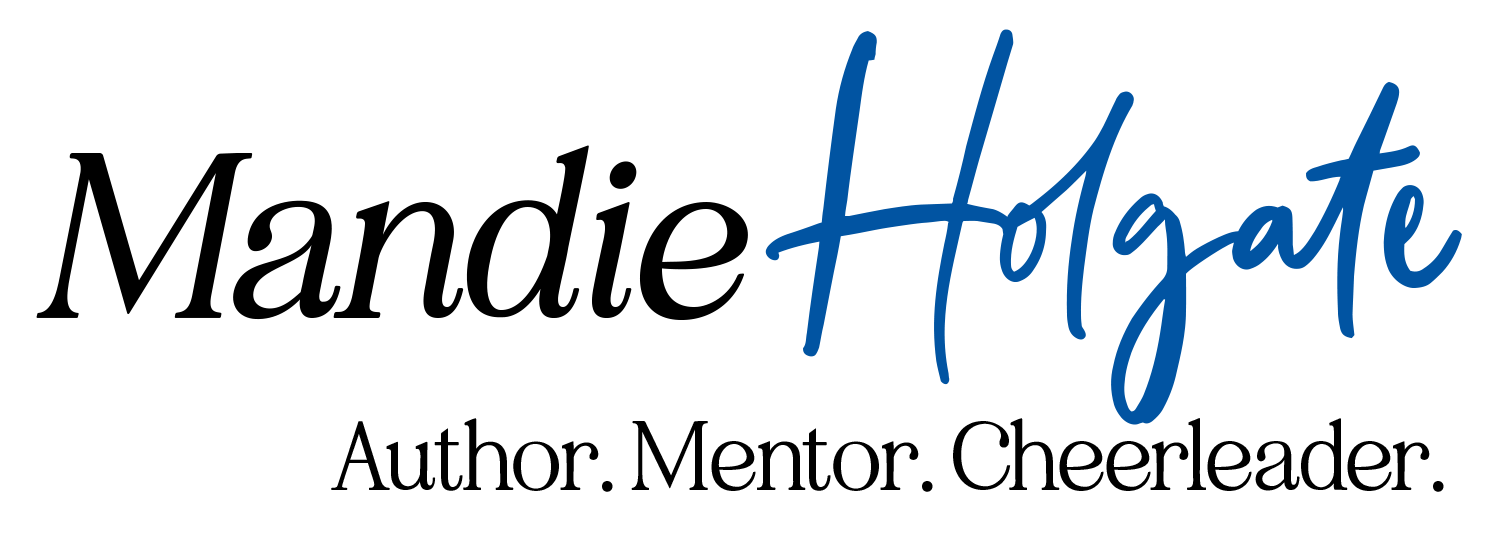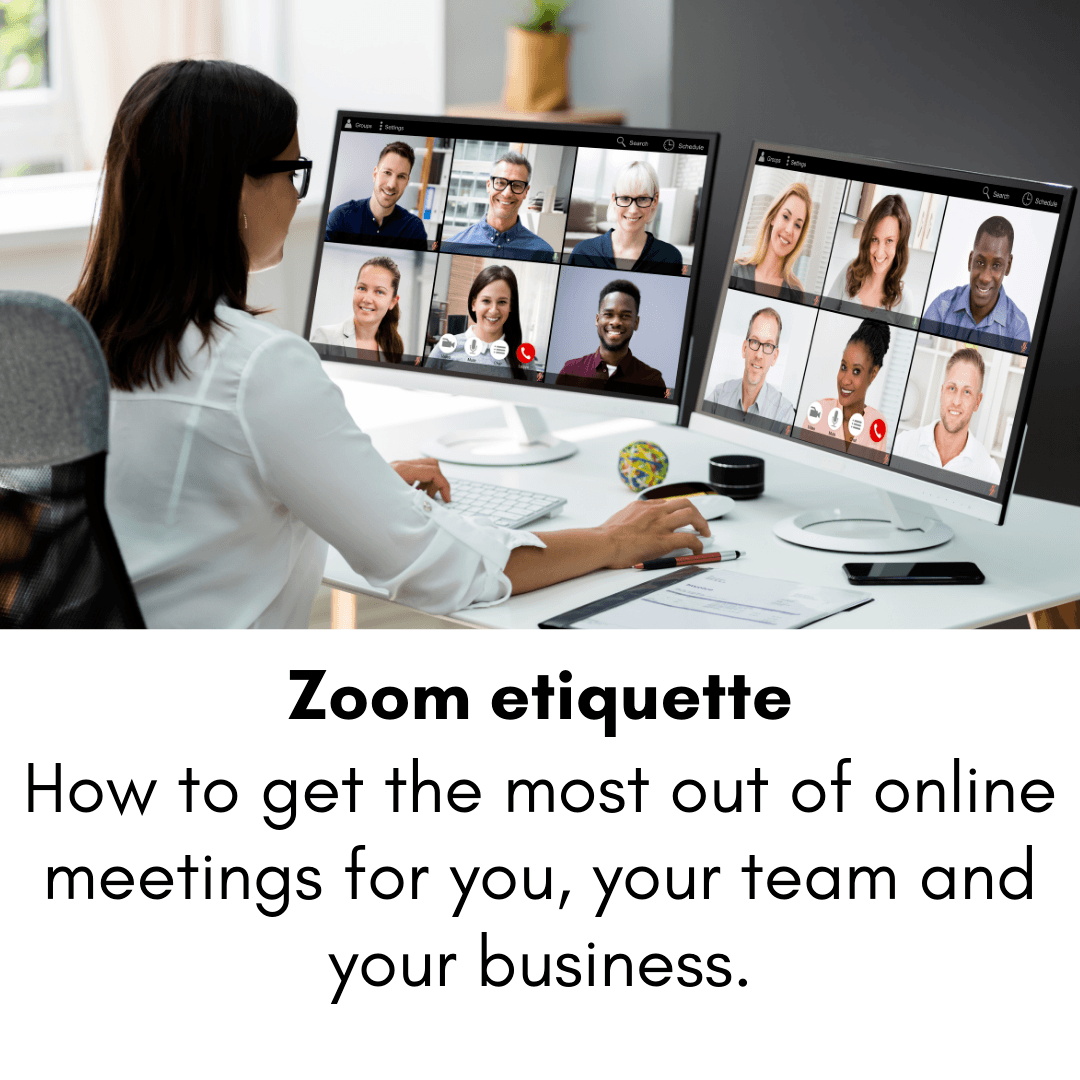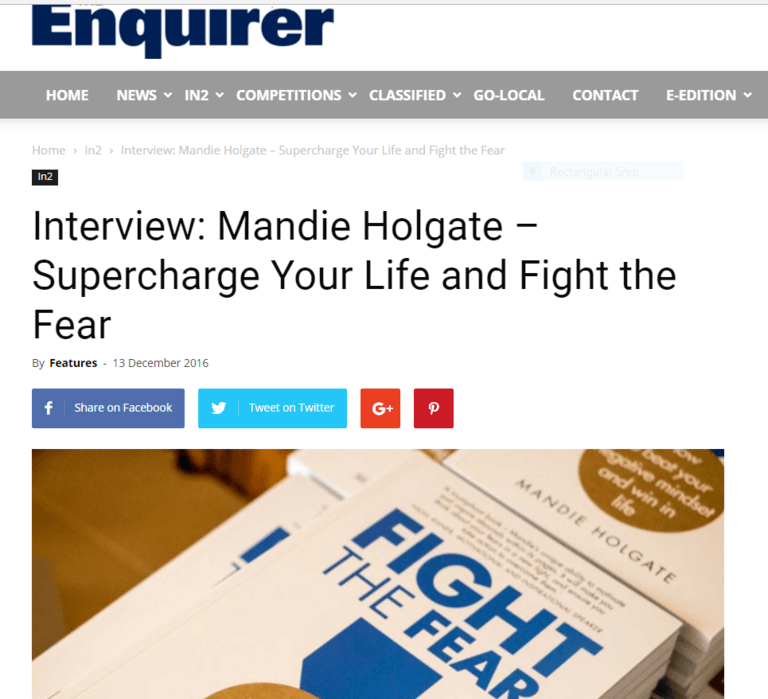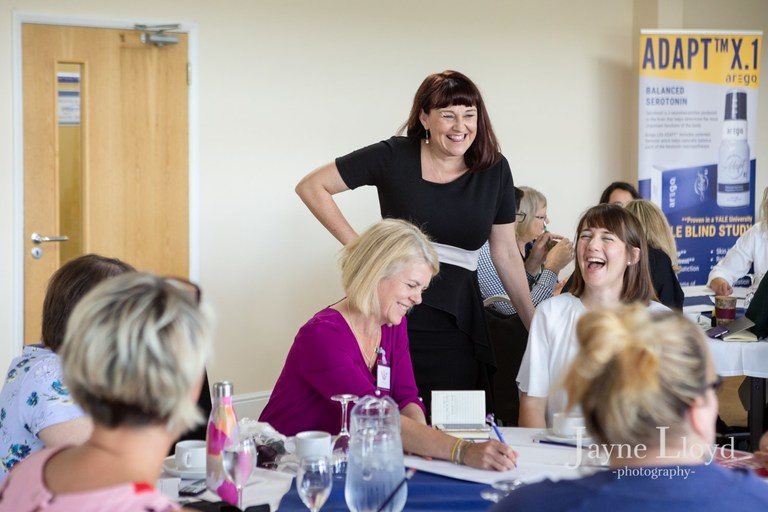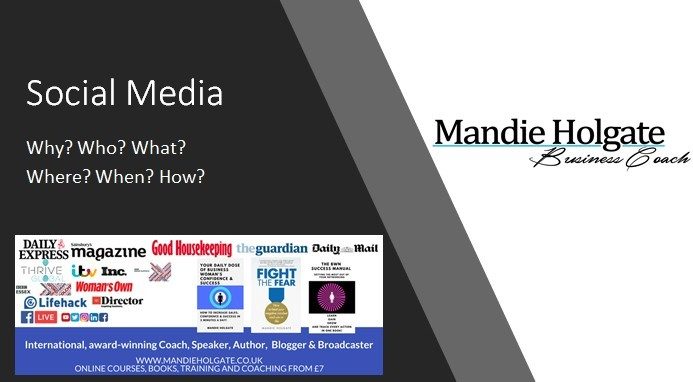Zoom etiquette – How to get the most out of online meetings for you, your team and your business.
42% of those surveyed reported experiencing zoom fatigue (1) and yet according to the Office of National Statistics “Of working adults currently homeworking, 85% wanted to use a “hybrid” approach of both home and office working in future” (2)
So even if you’ve had enough of virtual meetings they look set to stay in some format but how can you get the most out of online meetings and training and get everyone involved and benefiting?
Especially if the dog could bark at the post, your house is half way through being decorated or you hate seeing yourself on camera?
It can be a minefield to get right but you can do a lot to ensure everyone is comfortable, communicating and getting what they need from your online meetings.
Here are proven strategies to share with your team so you all get more out of your meetings;
House keeping – just as at an event I would start by advising, “There’s no fire alarm today, the exits are here, break will be at 11am”, etc, etc. Do exactly the same with online meetings.
Ground rules / expected standards I tend to share are;
- Please turn your phones off. (I work with some public sector and care industry teams and as such they are on emergency cover. This is then mentioned – “If you are on call then you are able to keep your phone on however could you ensure you are on mute. Thank you”.)
- “You can keep your camera off and your microphone muted, because there are 300 of us today.” (I find that in group coaching if it is less than 30 we are usually okay to keep camera’s on. You may want to hide but it doesn’t help you or the people you are looking to communicate with. As an example I had a team I was coaching around burnout, productivity and overwhelm. They all had matching backgrounds on of a swanky New York style office. Looks very professional right? Except we are asking people to confidentially be honest about what is going on and how they are coping, so how honest are we really being? When I poised this question to them, I heard;
- “I’ve not done my hair today.”
- “We are halfway through decorating the house.”
- “I didn’t have time to get rid of the dishes and I’m working in the kitchen.”
I pointed out that since they were all hiding for similar reasons what was the point of hiding?
They all turned their cameras on and felt very shy and slightly embarrassed, and then they all laughed!
“It’s not that bad” said one.
“Oo I love that colour you are going for.” Said another.
“How can you work with dishes not done” said another.
This gave us practical information;
- One person didn’t really care about the mess in the others house, they were pleased to see them.
- Another sympathised with trying to decorate a house and work in it.
- And another shared that they had work ethics that didn’t really match up with their colleague.
This led to open, honest and guilt free communication and ultimately in 3 hours we came up with strategies to help that team work less hours, reclaim the commute time for personal and professional development or down time and a better understanding of each others natural ways of working and responding under stress. We had evidence that this team were sending less email and finishing work on average 2 hours earlier most nights as a result of our time together.
Stop hiding. However…
If you ask everyone to put their camera’s on and you know you’ve got unconfident team members or someone who is rather self-conscious. Discuss it with them ahead of the meeting. You want to build confidence in your time together not erode it. Handled well and you can see your team members and colleagues flourish under these circumstances. I’ve seen it on so many occasions. If you aren’t sure on how to do this without singling them out get in touch and I can share some coaching strategies to assist. Just remember that one person’s natural way of behaving in an online meeting could hide another’s fears and awkwardness.
Breaktimes. In a 3 hour coaching session we will have a 5 to 10 minute break half way through. I advise them at the start that it will be at a natural break in the conversation. (I also ensure that before the break I recap on where we’ve got to and what we will be working on after the break – this ensures that as they make a cup of tea, let the dog out or visit the bathroom their brains are already subconsciously working on the next part of our session. I never assume this is the set up they want. I always ask the person on camera that booked me so that it is agreed with all parties. It is good to know when you are going to get to stretch your legs….
Walking around. If you don’t mind people walking around, standing up or having the meeting on a treadmill (yes I’ve had someone in a coaching session on a treadmill – everyone loved it!) then tell them. Some may have health issues that make sitting down for a long time hard, so make your delegates feel comfortable. No you wouldn’t do this in the office but we are moving into a more innovative productive way of working which means ditching things that didn’t serve you well.
Chat box etiquette. If I’m looking after a large group then I will say that I will keep the chat box open and answer questions, queries and comments as we go. Now as a coach that spends her life writing down every word a client says I’m used to listening (very intently) writing and coaching fluidly. If this is not something you feel comfortable doing, then say so. “Please refrain from commenting in the chat box until 10 minutes before the break when I will take questions and hear your views, thank you”.)
Waving your hand. The little yellow hand being waved on a screen of 30 people can be very distracting. If you are easily distracted or put off or are a nervous presenter/host then ask people to refrain from doing this. I like the hands going up. For me it’s like being at a big event talking to thousands of people. As a speaker I’m used to gauging my audience’s enjoyment, stress, engagement and education by the looks on their faces and their body language. For me hands going up is a good sign that we are on the right track, people have got something to say and want more!
Timing. I make sure that I arrive early so that anyone that struggles with tech has support. Some like to meet me and have a chat, so I’m there early with my coffee and water ready to do that. If the meeting starts at 10am but people are welcome to arrive early communicate that in advance. We miss the watercooler moments of free flowing “Did you see that show last night?” “How’s your son getting on?” chat. Make it naturally exist with clearly defined parameters on when you can arrive. Make sure those that want to arrive at 10am know that’s fine too.
Lights. Camera. Action! Treat it like a TV show. Imagine you are Oprah Winfrey and want to inspire an audience of millions. You may be on a weekly team meeting but wow everyone. You don’t need to hand out puppies or TV’s but make people feel welcomed. I do my best to welcome everyone that arrives. Even if it’s just adding a “Hi, I’m really looking forward to working with you today, if you don’t get a chance to speak either message me on social media or email me. Your messages will remain confidential, and I will do all I can to support you.” In the chat box.
Leading on from the TV show theme. Consider the visuals. If you want to give a confident authoritative air, that’s going to be tricky if you’ve got the camera angle wrong and people are looking up your nose. Get the angle of the camera right – put the laptop on some books or a few tins and a tray. Remember the camera is higher than where you look so it can look like you are not making eye contact. Eye contact matters to us humans so if you have something powerful to say, don’t look at the delegates look into the camera.
Consider the lighting; you don’t want to be in the dark (It can give people subconscious signals not to trust you) and you don’t want to be illuminated like a Christmas tree, natural light is best but if you suffer migraines be careful of the lights you can buy.
What does your background say about you? When I coach your team you will see paintings of boats, a few books and a dining room table. I gave my office to my son and while I’ve a garden office it’s not always great for Wi-Fi signal. I want people to connect with me and know the real me. As their coach being honest helps others do the same, but it is always tidy and you won’t see the drinks cabinet with my gin selection on the other side of the room! What is your environment saying about you?
Have an introduction that feels natural. Practice it. It doesn’t have to be long, just consider how you will make everyone feel comfortable, ready and open to what is happening today?
Have a natural close too. What do you want everyone to take away from today? If it’s the weekly catch up take notes throughout the session that help you recap what has been discussed and what is going to be done by when, by whom. It helps formally close the session and ensure it doesn’t over run and everyone knows what is expected of them.
Notes? I take notes as I go so that I can share additional advice and ideas (Usually articles from my website to assist with additional areas we didn’t discuss in the session – could be it only applies to one person.) I photograph the notes and send them to the host too. That way everyone has accountability to the session and the expected outcomes you want to see.
Check the tech. I’ve been working remotely for 18 months and in that time despite having worked on most platforms that clients use around the globe I’ve still had occasions where I’ve struggled to access the platform. 1 client had altered who was invited and not sent me a new invite so I couldn’t get on the session, another time my laptop needed an update, and I was very relieved I’d turned up early! Never assume tech is going to be your friend. Think of it like that last thing you need to print before you can leave for the day – how does the printer know to play up at that precise minute! Another reason I always arrive early.
Set the ground rules. You may find that the people you virtually meeting have other people behind them, family members, colleagues or even the boss. Let them know it is fine to stay muted. That if they need privacy they can type their replies instead of saying them. What would work for your delegates or team to ensure they feel confident and comfortable to speak up?
Be honest, if you are honest your audience/team/delegates will feel safe to be too. If you are needing to drink a lot of water because you’ve been unwell, no one is going to mind, and transparency makes us feel connected to people. Other people aren’t perfect and by showing that, you aren’t can put people at their ease. Be mindful of cultural differences if you work globally.
Shocking! And lastly, I’ve seen people with towels in their head, cats on their desk and even eating their breakfast and while that doesn’t bother me consider what is says about you and your professionalism? Ask yourself would you turn up to work in this way? While I personally feel that what makes you feel comfortable is best there is also an element of professionalism that is essential. I’m not alone in not wearing a full suit but I won’t be wearing jeans and a sweatshirt either. A YouGov poll said that one in 10 people working from home during the coronavirus pandemic did not put on a pair of trousers during virtual meetings and almost a third wore pyjamas! Now that may be comfy but think about what that may do to your mindset. I personally think it’s good to create a virtual commute to the office even if it’s at the dining room table. It sets you up to perform.
With the office of statistics noting a steep increase in working from home ads and it becoming a jobseekers market, many businesses will benefit from introducing good practices to support remote learning, communication and team building.
With the average staff turnover cost being £11,000 it can also be costly to not ensure you keep your amazing team. These virtual meeting strategies should support you in this and I have a lot more to share on teams, leadership, management, overwhelm and overwork. Get in touch if I can’t write what you need fast enough! +44 (0) 7989 935 556
